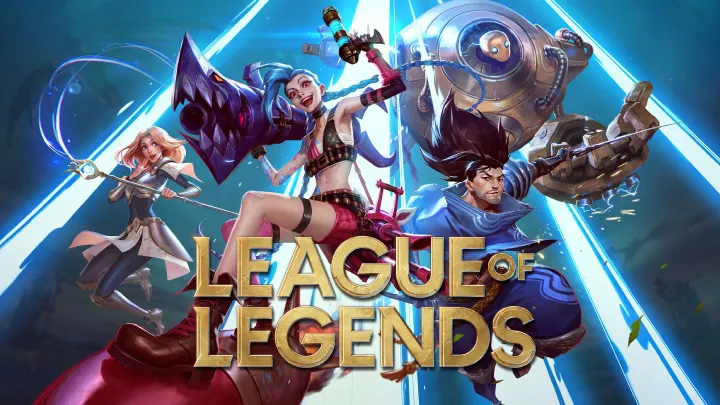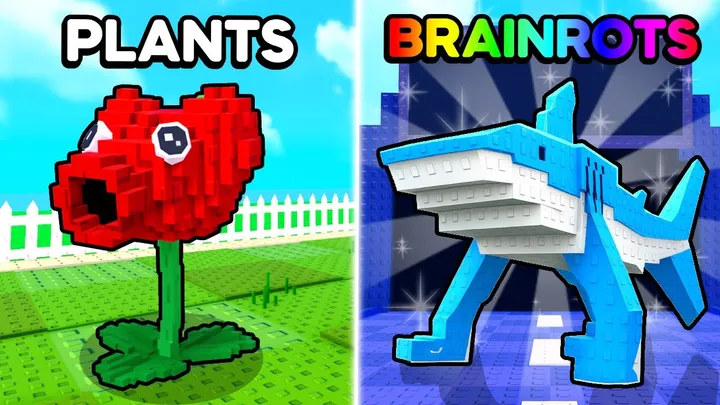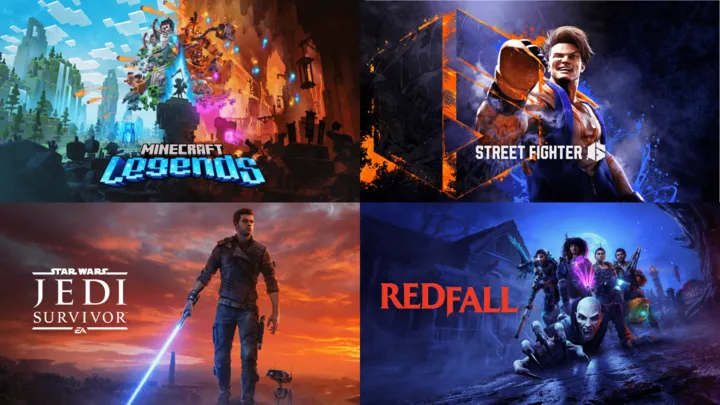Introduction
Video games have become more than just a form of entertainment. They are cultural artifacts, pieces of interactive art, and milestones of technological achievement that shape the way entire generations grow up. Among the countless titles released over the past several decades, only a select few have truly transcended time and earned the status of being legendary. These are the games that not only defined their era but also influenced countless others, establishing mechanics, storytelling techniques, and artistic standards that continue to resonate with both players and developers today.
The phrase “legendary game” is not given lightly. It refers to a game that, regardless of when it was released, manages to remain relevant and beloved. A legendary game sets the bar so high that future titles are judged against it. It changes how people think about games, either by pioneering a genre, breaking technical boundaries, or leaving an emotional imprint that players never forget. These games are discussed in forums decades after their release, speedrun communities keep them alive, and developers cite them as inspirations for their own work.
In this article, we will explore ten of the most legendary games of all time. Each game earned its place not only through critical acclaim or sales figures but also because of its enduring impact on gaming culture. From platforming adventures that rescued an industry from collapse to open-world masterpieces that redefined player freedom, these games are living proof that video games are one of the most powerful mediums of human creativity.
1. Super Mario Bros. (1985)
When people think of video games, one of the first images that comes to mind is Mario. Released in 1985 for the Nintendo Entertainment System (NES), Super Mario Bros. was more than just a fun platformer—it was the game that revived the entire gaming industry after the crash of 1983.
The beauty of Super Mario Bros. lay in its simplicity. Players controlled Mario with a limited set of moves: running, jumping, and using power-ups. Yet within these constraints, Nintendo created an endlessly entertaining and challenging experience. The game’s levels were carefully crafted to teach players mechanics naturally, without the need for tutorials. For example, the first Goomba you encounter teaches you that enemies must be avoided or jumped on, while the first mushroom power-up shows you the value of exploration.
The game’s scrolling levels felt revolutionary at the time. Unlike static arcade screens, Mario’s world kept moving forward, immersing players in a continuous adventure. Warp zones, hidden pipes, and secret blocks gave the game depth and replay value, rewarding curiosity and risk-taking.
Culturally, Mario became a phenomenon. The character appeared in cartoons, merchandise, and eventually movies, cementing his place as the face of gaming. The music, composed by Koji Kondo, remains one of the most iconic pieces of game music ever created, recognizable even by those who have never touched a controller.
Super Mario Bros. is legendary because it is timeless. Decades later, new players can pick it up and still enjoy the same thrill of jumping across platforms, stomping Goombas, and rescuing Princess Peach. It is a perfect example of how simplicity, creativity, and polished design can create an experience that lasts forever.
2. The Legend of Zelda: Ocarina of Time (1998)
Few games have ever been as influential as The Legend of Zelda: Ocarina of Time, released in 1998 on the Nintendo 64. Often hailed as one of the greatest games of all time, Ocarina of Time revolutionized 3D gaming and set new standards for what an adventure game could be.
At its core, Ocarina of Time told the story of Link, a young boy destined to save the land of Hyrule from the evil Ganondorf. What made the game extraordinary was the sense of immersion and scale. Players explored a living world filled with dungeons, villages, and vast fields, all brought to life with groundbreaking 3D graphics.
One of its most important innovations was Z-targeting, a lock-on system that allowed players to focus on enemies during combat. This mechanic made fighting in 3D intuitive and influenced countless future titles, from action RPGs to modern third-person shooters. Riding Epona across Hyrule Field felt epic, and the ability to travel through time between young Link and adult Link added narrative depth and gameplay variety.
The game’s music was equally legendary. Using Link’s ocarina, players learned melodies that served as magical spells, unlocking secrets or changing the world’s environment. These tunes remain iconic today, and many gamers can hum them from memory even decades later.
Ocarina of Time’s legacy is not just about nostalgia. It proved that video games could tell cinematic, emotional stories while also delivering innovative gameplay. It remains a touchstone for developers, and many modern open-world adventures still follow its blueprint.
3. Tetris (1984)
Sometimes, the simplest ideas are the most enduring. Tetris, created by Alexey Pajitnov in 1984, is one of the most widely played and recognized games in history. Its premise is deceptively simple: rotate and fit falling blocks into complete lines to clear them. Yet within that simplicity lies infinite challenge and depth.
What makes Tetris legendary is its universality. Anyone, regardless of age or gaming experience, can pick up Tetris and understand it within seconds. Yet mastering the game is another story. The speed increases, the pressure builds, and mistakes compound quickly, creating a tension that keeps players hooked.
Tetris became a global phenomenon when it was bundled with the Nintendo Game Boy in 1989. This decision made the Game Boy a massive success and turned Tetris into a cultural icon. Its music, particularly the “Type A” theme based on a Russian folk tune, is instantly recognizable.
Beyond entertainment, Tetris has been studied in psychology and neuroscience. Research has shown that playing Tetris can improve spatial reasoning and even help reduce intrusive thoughts. Few games have had that kind of cross-disciplinary impact.
The legacy of Tetris is seen in its longevity. Nearly every gaming platform in history has a version of Tetris, from old handheld devices to modern smartphones. Competitive Tetris communities continue to thrive, with tournaments showcasing players achieving near-superhuman feats. For a game nearly 40 years old, that is the very definition of legendary.
4. Minecraft (2011)
When Minecraft was officially released in 2011 after years of early access, few could have predicted it would become the best-selling game of all time. Created by Markus “Notch” Persson, Minecraft took a simple idea—building and surviving in a blocky world—and transformed it into a cultural juggernaut.
Minecraft’s genius lies in its freedom. Players are not told what to do; instead, they are given a procedurally generated world and the tools to shape it however they wish. Some build towering castles, others recreate real-world cities, and many simply enjoy surviving against the elements. The game’s survival mode challenges players to gather resources, craft items, and fend off monsters, while creative mode allows unlimited possibilities.
The blocky aesthetic, initially seen as primitive, became its signature charm. Children and adults alike embraced the visuals, proving that graphics don’t need to be realistic to capture imagination.
Minecraft’s community has been one of its greatest strengths. Modding support, multiplayer servers, and constant updates from Mojang have kept the game fresh for over a decade. Servers like Hypixel introduced entirely new game modes, while mods added everything from advanced machinery to magical realms.
The game also found success in education. Teachers used Minecraft to teach math, history, and even programming, turning it into a valuable classroom tool. Its cultural influence extended to YouTube, where Minecraft videos helped shape gaming content creation and launched careers of influencers.
Minecraft is legendary because it empowered players to create, collaborate, and survive in ways no game had before. It redefined what a sandbox game could be and ensured that its influence will last for generations.
5. Final Fantasy VII (1997)
The late 1990s were a turning point for video games as they transitioned into cinematic experiences, and Final Fantasy VII was at the forefront of that transformation. Released in 1997 for the PlayStation, this JRPG not only popularized the genre outside of Japan but also demonstrated the narrative and emotional power of games.
The story of Cloud Strife, Sephiroth, and the battle against Shinra and Meteor was epic in scope, blending personal struggles with global stakes. Characters like Aerith, Tifa, and Barrett became unforgettable, and the shocking death of Aerith remains one of the most iconic moments in gaming history. It proved that games could make players cry, forging emotional connections rivaling those in films and literature.
Final Fantasy VII also pushed technical boundaries. Its use of pre-rendered backgrounds, cinematic cutscenes, and a sprawling 3-disc format showcased what the PlayStation could do. Nobuo Uematsu’s soundtrack elevated the experience, with themes like “One-Winged Angel” etched into gaming history.
The game’s influence extended far beyond its release. It introduced millions of Western gamers to Japanese RPGs, paving the way for future titles in the genre. It also spawned spin-offs, movies, and eventually the ambitious Final Fantasy VII Remake, proving its enduring popularity.
Final Fantasy VII is legendary not just for its story and characters but for showing the world that games could be art, capable of delivering emotional depth and epic storytelling.
Conclusion
The history of gaming is filled with extraordinary titles, but only a few earn the title of “legendary.” These games—Super Mario Bros., Ocarina of Time, Tetris, Minecraft, Final Fantasy VII, World of Warcraft, Half-Life 2, Skyrim, Grand Theft Auto V, and Breath of the Wild—stand as milestones of creativity, innovation, and cultural impact.
They represent different eras, genres, and platforms, yet all share a common thread: they changed the way we think about games. Some introduced groundbreaking mechanics, others told unforgettable stories, and many built communities that span generations.

















